SerenePhotography
TPF Noob!
- Joined
- Apr 19, 2009
- Messages
- 10
- Reaction score
- 0
- Location
- Oshawa, ON, Canada
- Can others edit my Photos
- Photos OK to edit
Ok I have some questions regarding a Canon PowerShot S5 IS, I have no tripod and no extra flash and I may not be able to get either of them, or a book on aperature, until after I need to do this shoot. It's at a horse show, so can anyone suggest what ISO, F stop, and shutter speed to use for the following situations...
1) Indoor arena, I want to freeze the horses motion and focus on the horse and rider, possibly have the background slightly out of focus, or not... doesn't matter. Most important thing is I want it to be light enough in the picture, and have the horse and rider captured in action, so as bright and clear as possible, with the camera I am working with.
2) Outdoors, bright and sunny outside, doing action shots over jumps
3) Outdoors, not so bright out, doing action shots over jumps
4) Indoor arena, and outdoors, doing still photos, headshots ect.
1) Indoor arena, I want to freeze the horses motion and focus on the horse and rider, possibly have the background slightly out of focus, or not... doesn't matter. Most important thing is I want it to be light enough in the picture, and have the horse and rider captured in action, so as bright and clear as possible, with the camera I am working with.
2) Outdoors, bright and sunny outside, doing action shots over jumps
3) Outdoors, not so bright out, doing action shots over jumps
4) Indoor arena, and outdoors, doing still photos, headshots ect.
Last edited:




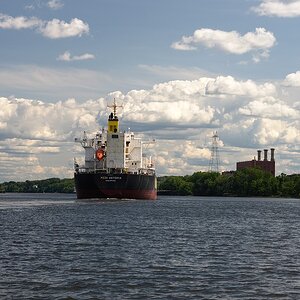
![[No title]](/data/xfmg/thumbnail/42/42278-22ed940cbdc5888a28d9be36006594dc.jpg?1619740086)
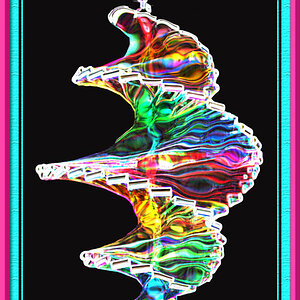
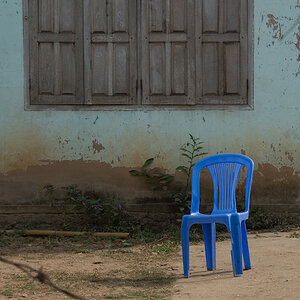
![[No title]](/data/xfmg/thumbnail/30/30878-f33da8abe01acde1dcee7898f41310e1.jpg?1619734493)
![[No title]](/data/xfmg/thumbnail/37/37116-fdf3127b1d8834c25461dd2d201c031c.jpg?1619737883)
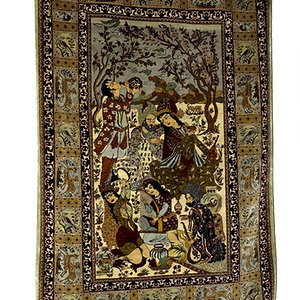
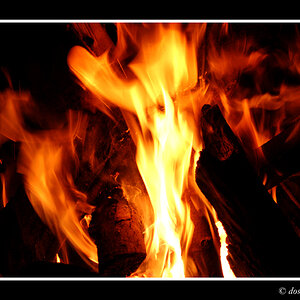
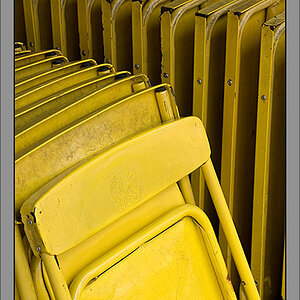
![[No title]](/data/xfmg/thumbnail/37/37113-886cb28b1e3fb197bdd00a9148269407.jpg?1619737882)
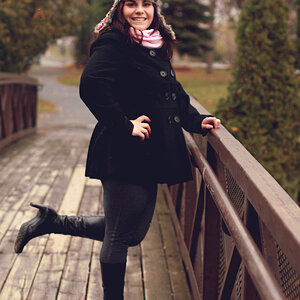
![[No title]](/data/xfmg/thumbnail/42/42397-30faa170de7ed9be38adf00b9b26a220.jpg?1619740167)